TCAS Birders Enjoy Influx of Siskins and Other Northern Visitors
From National Audubon to Chicago area birding groups, the consensus is 2020 is shaping up as an irruption year for Pine Siskins, Red-breasted Nuthatches, Purple Finches, and other species. We asked Thorn Creek Audubon birders to share where they've been spotting these infrequent visitors in November and late October. Their responses…
Pine Siskins
Plum Creek Nature Center/Goodenow Grove - At the feeders on a regular basis for the past few weeks. McKinley Woods Moose Island - 83 seen on Nov. 9 in the alders along the north shore. Evergreen Hill Cemetery (Crete) - Small group sighted almost every day so far in Nov. Frankfort yard - A flock of 45 birds at backyard feeders for a couple days. Homewood yard - Daily feeder visits by several birds.
Red-breasted Nuthatches
Homewood yards - One backyard has a daily picky eater. The RBNU rummages through a mix in a tube feeder, tossing the seeds and dried fruits to the ground, until it finds a peanut to munch. Oak Forest yard - Starting to come on a regular basis. Palos Heights yard - One early this month. Hoping it returns! Frankfort yards - Recurring feeder visitors. Plymouth, Ind. yard - The first of the season showed up at a mixed seed feeder in late Oct.
Purple Finches
Photo: Gregory Hejnar
Plum Creek Nature Center/Goodenow Grove - On-going sightings, but not on a consistent basis so far. Seven were seen Nov. 11. Monee Reservoir - A few sporadically spotted since mid-Oct. Hickory Creek Forest Preserve - Thirteen were spotted Oct. 18.
About Irruption
Every few years these birds, which frequent Canadian forests, make unpredictable movements called irruptions into central and eastern North America. Irruptive winter movements are erratic; the timing and extent of these movements are extremely variable.
Photo: Gregory Hejnar
Irruptions partly depend on the state of pinecone crops in northern North America. When crops are good, most birds don't bother to move southward for winter. When crops are poor, the birds might come our way. Source: Cornell Lab of Ornithology.
.We hope you’re seeing these sporadic visitors!
November 14, 2020





